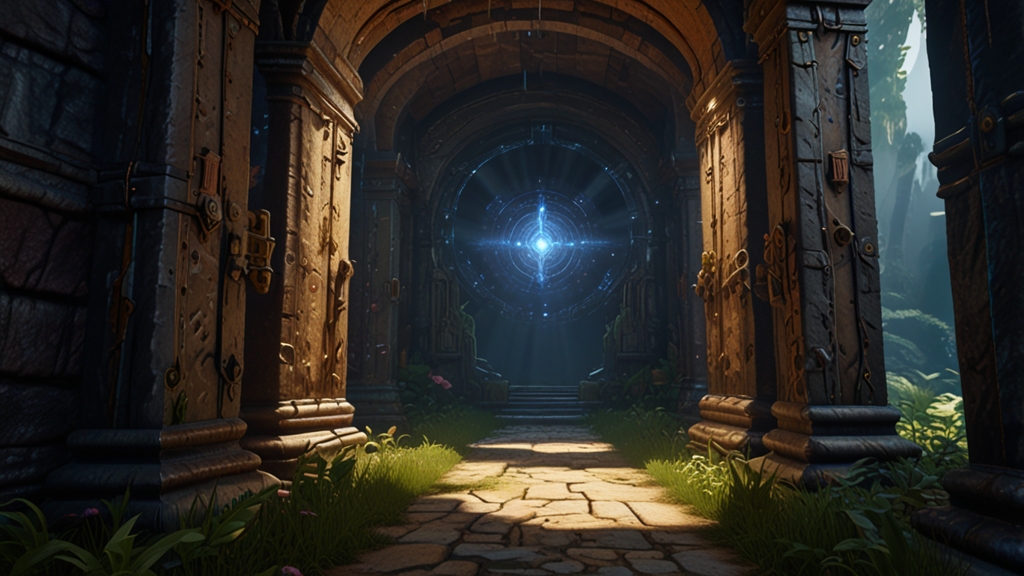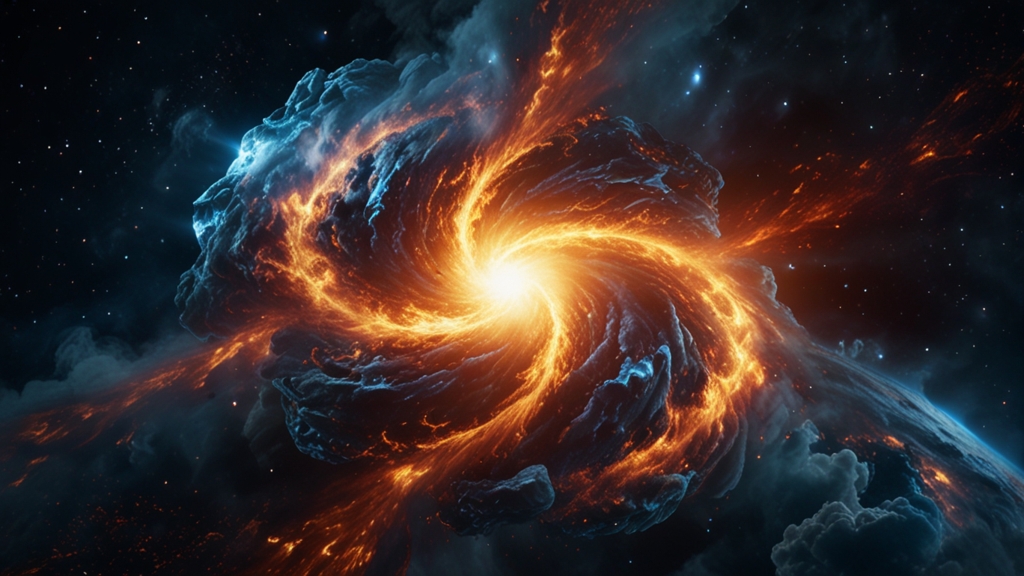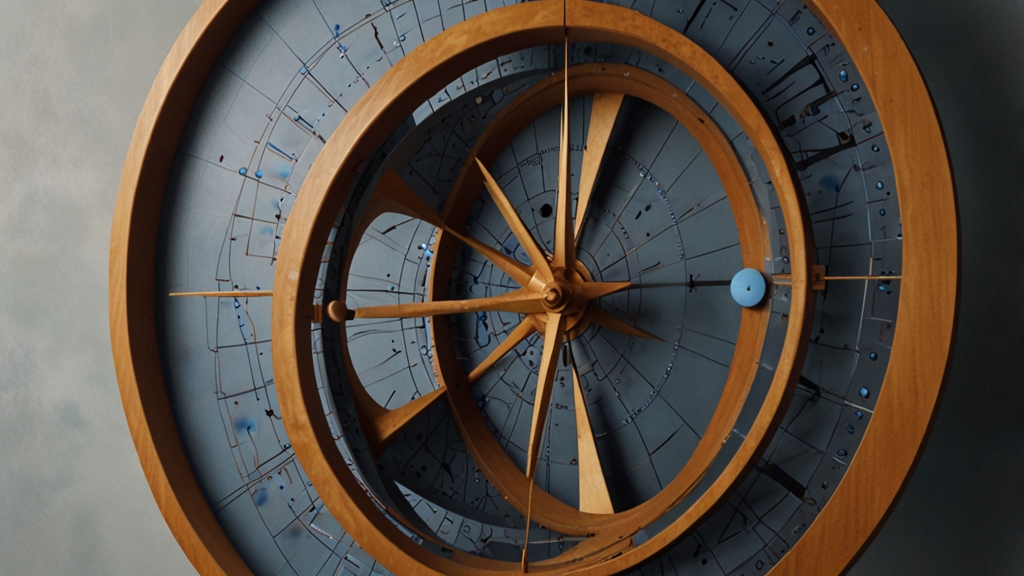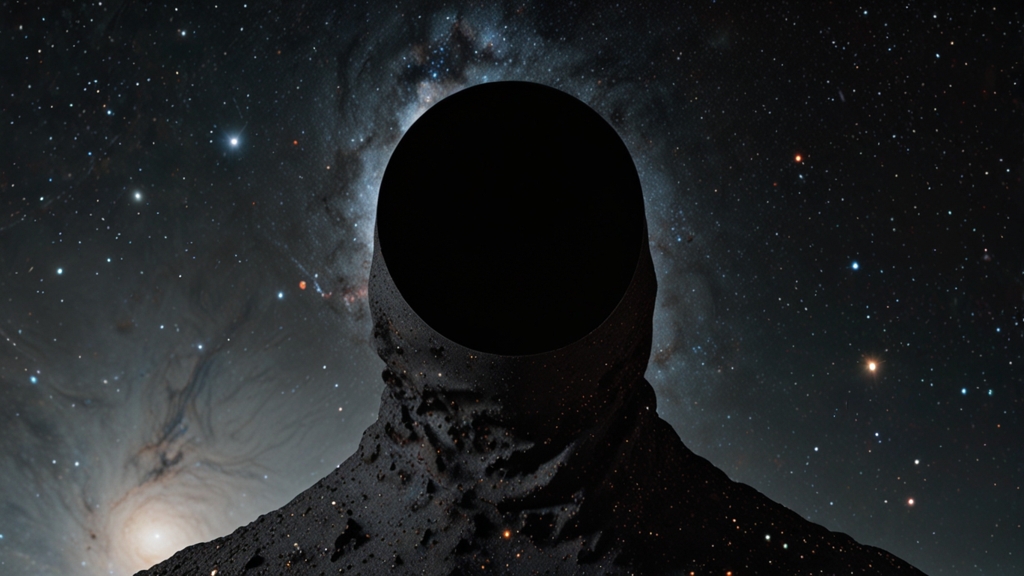The Quest for Extra Dimensions: Unlocking New Realms
The concept of dimensions beyond our familiar three-dimensional space has intrigued scientists and philosophers alike for centuries. While our everyday experiences are rooted in the length, width, and height that we can perceive, theoretical physics suggests that the universe might be far more complex, encompassing extra dimensions that we cannot directly observe. This article embarks on a journey to explore these hidden realms and their implications for our understanding of the cosmos.
The Fourth Dimension and Beyond
In the early 20th century, Albert Einstein revolutionized our understanding of space and time with his theory of General Relativity. He proposed that rather than being separate entities, space and time form a four-dimensional continuum known as spacetime. This four-dimensional model has become a cornerstone of modern physics, explaining gravitational phenomena and predicting the behavior of objects in the universe.
However, the quest for a deeper understanding of the universe doesn't stop at four dimensions. Theoretical frameworks like string theory and M-theory suggest the existence of even more dimensions. String theory, in particular, posits that the fundamental constituents of the universe are not point particles, but tiny vibrating strings. These strings can vibrate in multiple dimensions, leading to the hypothesis that the universe might have up to ten or even eleven dimensions.
"The additional dimensions proposed by string theory are compactified, meaning they are curled up so small that they are not readily observable in our macroscopic world." – Physicist Michio Kaku
Experimental Evidence and Implications
The hunt for extra dimensions is not merely a theoretical exercise. Physicists are actively seeking experimental evidence to support these ideas. High-energy particle accelerators, such as the Large Hadron Collider (LHC) at CERN, are used to probe the fabric of spacetime at incredibly small scales. By smashing particles together at nearly the speed of light, scientists hope to detect signatures of extra dimensions or even create microscopic black holes that could provide clues about their existence.
If extra dimensions do exist, their implications would be profound. They could potentially unify the fundamental forces of nature, offering a grand unified theory that explains everything from the behavior of subatomic particles to the large-scale structure of the universe. Additionally, concepts like parallel universes and wormholes, often depicted in science fiction, could find a basis in reality, opening up new possibilities for exploration and understanding.
"Extra dimensions are not just a mathematical curiosity; they could hold the key to solving some of the deepest mysteries in physics." – Theoretical Physicist Lisa Randall
Challenges and Skepticism
Despite the excitement surrounding the idea of extra dimensions, there are significant challenges and skepticism. One of the primary obstacles is the lack of direct experimental evidence. While theories like string theory are mathematically elegant, they are incredibly difficult to test with current technology. Also, some scientists argue that these theories may never be testable, which raises questions about their scientific validity.
Moreover, the concept of extra dimensions can be counterintuitive and difficult to grasp. Our brains are wired to understand three-dimensional space, and visualizing higher dimensions requires abstract thinking and mathematical rigor that can be daunting.
Conclusion: The Future of Discovery
The quest for extra dimensions is a testament to humanity's insatiable curiosity and drive to understand the universe at its most fundamental level. While we may be far from definitive answers, the pursuit itself has already advanced our knowledge in many ways. As technology progresses and theoretical models evolve, we may one day unlock the secrets of these hidden realms, forever transforming our perception of reality.
In the meantime, the pursuit of extra dimensions continues to inspire and challenge scientists, encouraging them to push the boundaries of what is known and explore the unknown. Whether or not we ever fully uncover these hidden dimensions, the quest itself represents a remarkable journey into the depths of human imagination and scientific inquiry.
"The true delight is in the finding out rather than in the knowing." – Isaac Asimov









